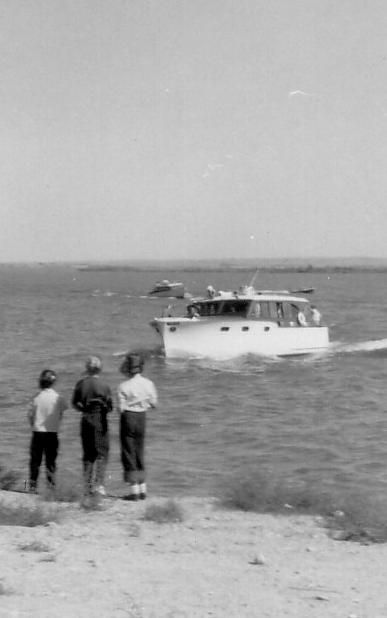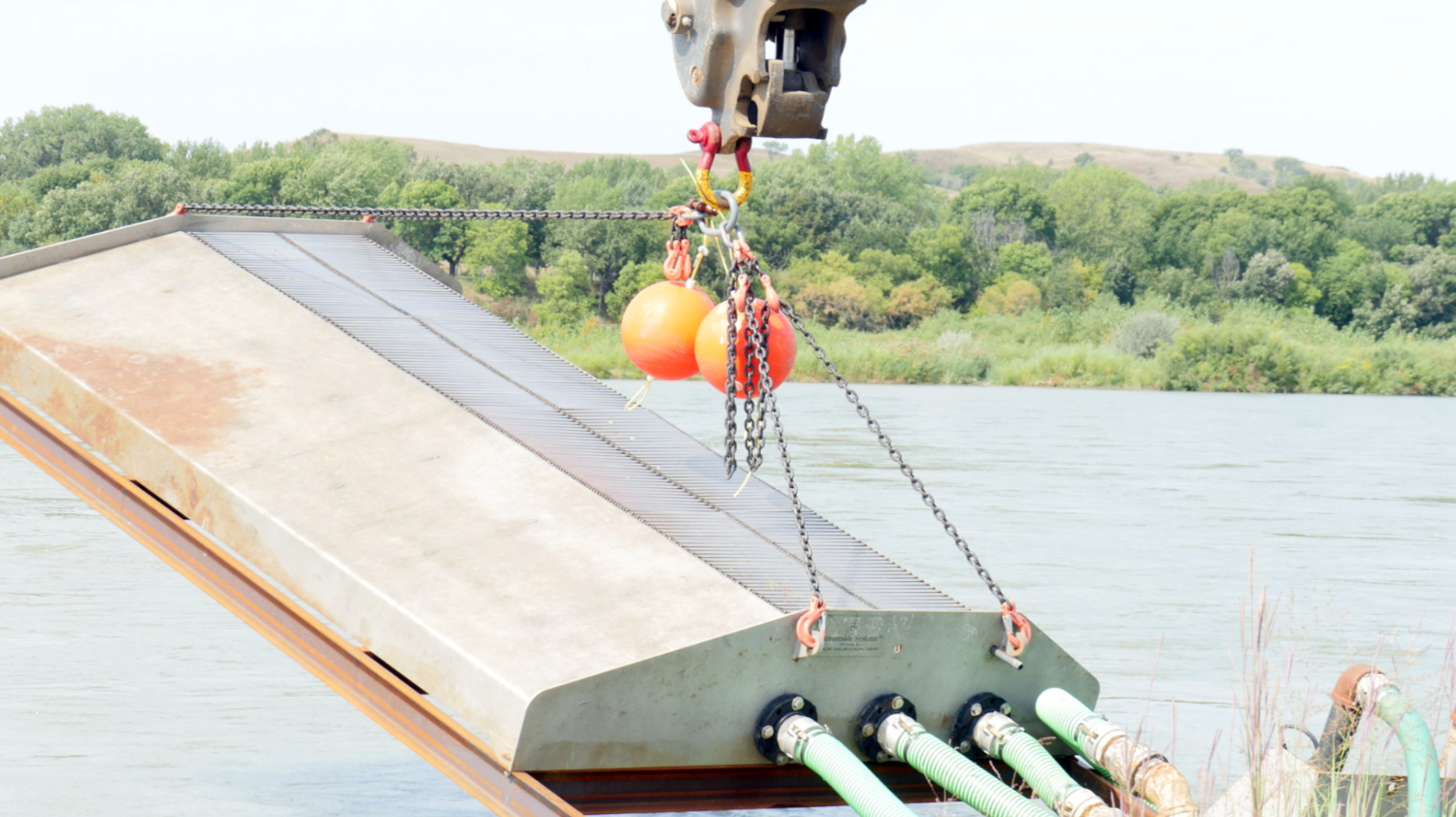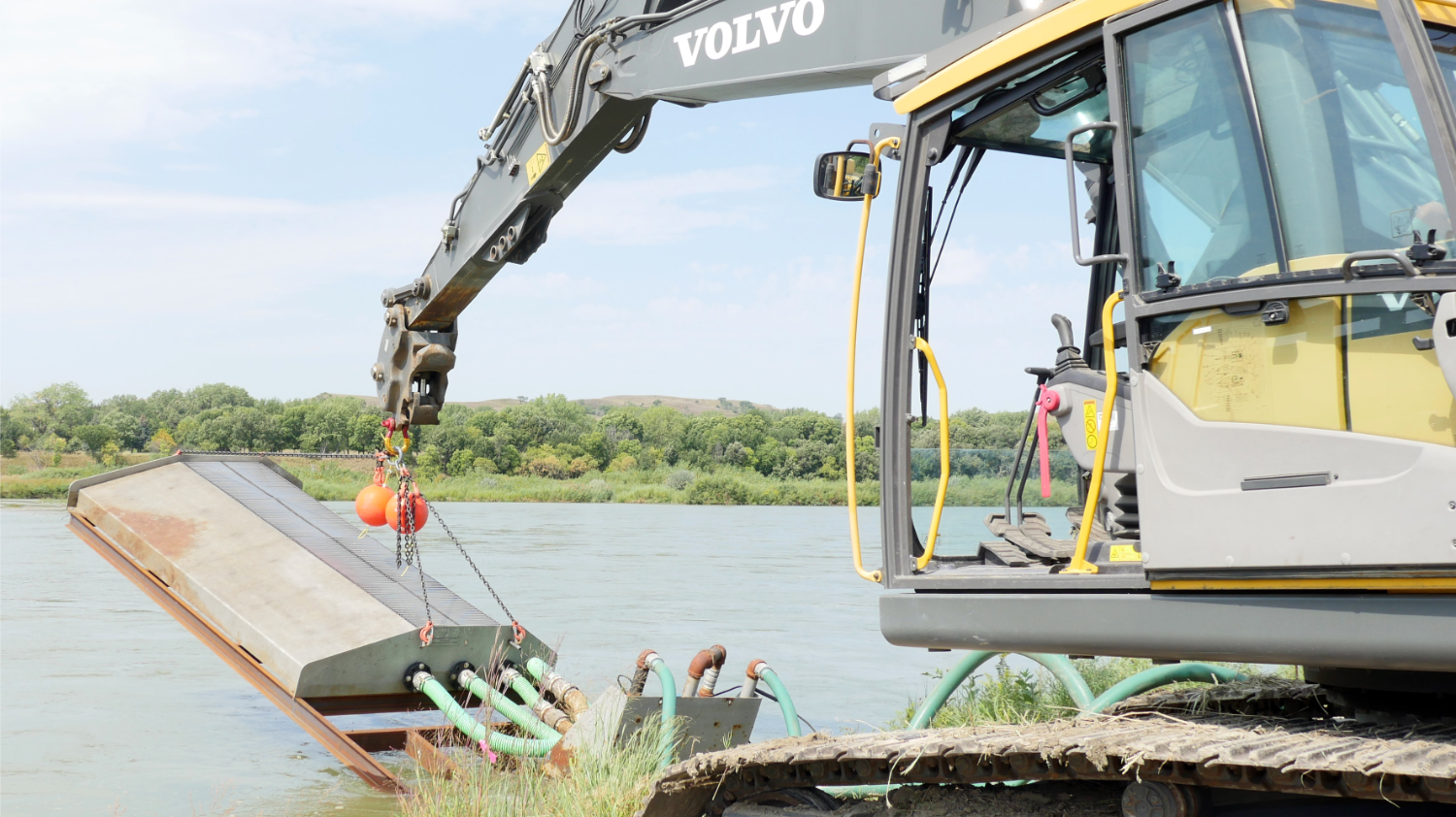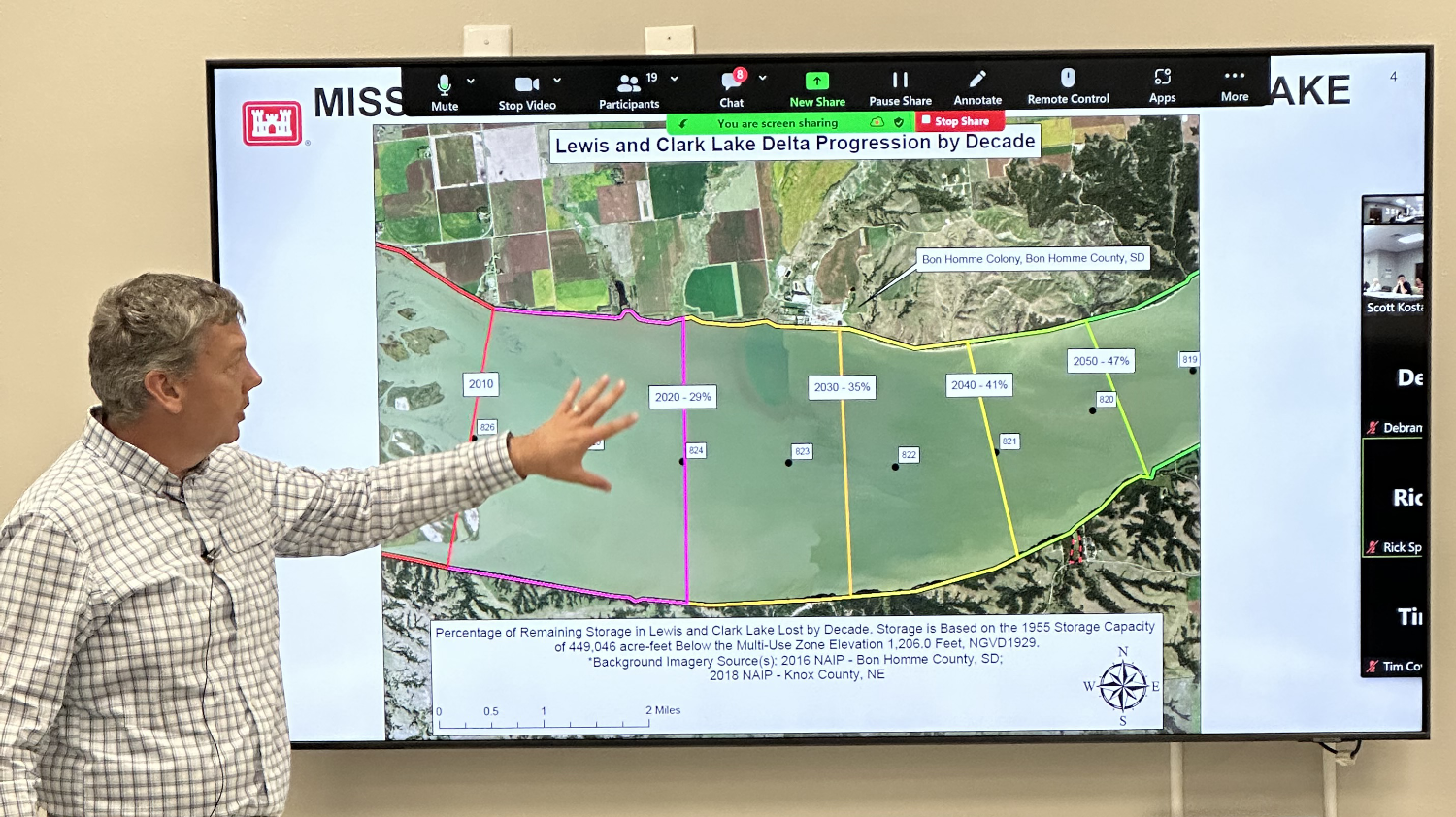Building a Plan – Bedload Collector Pilot Project
For nearly one week in September of 2024, the sediment load reaching the Lewis and Clark Lake delta was reduced thanks to a 12-foot bedload collector operating on the bottom of the Niobrara River.
Even though this short-term pilot project marked a tiny fraction of the annual sediment load, it signals a milestone for efforts focused on extending and sustaining the lifespan of Lewis and Clark Lake created by Gavins Point Dam on the Missouri River. The Missouri Sedimentation Action Coalition (MSAC) and its supporters eagerly anticipate seeing how this technology performs and its potential success for a full scale, on-going method to lessen the load of sediment entering the system. Reducing the amount of sediment entering the delta would extend the reservoir’s lifespan and associated benefits.
With the US Army Corps of Engineers technical assistance, MSAC & stakeholders are developing a sediment management plan for Lewis and Clark Lake. A sediment management plan provides a framework to prevent sediment from reducing water storage capacity at a reservoir and increasing water storage capacity through sediment removal at a reservoir. Lewis and Clark Lake has already lost nearly 35% of its water storage capacity to sediment.









